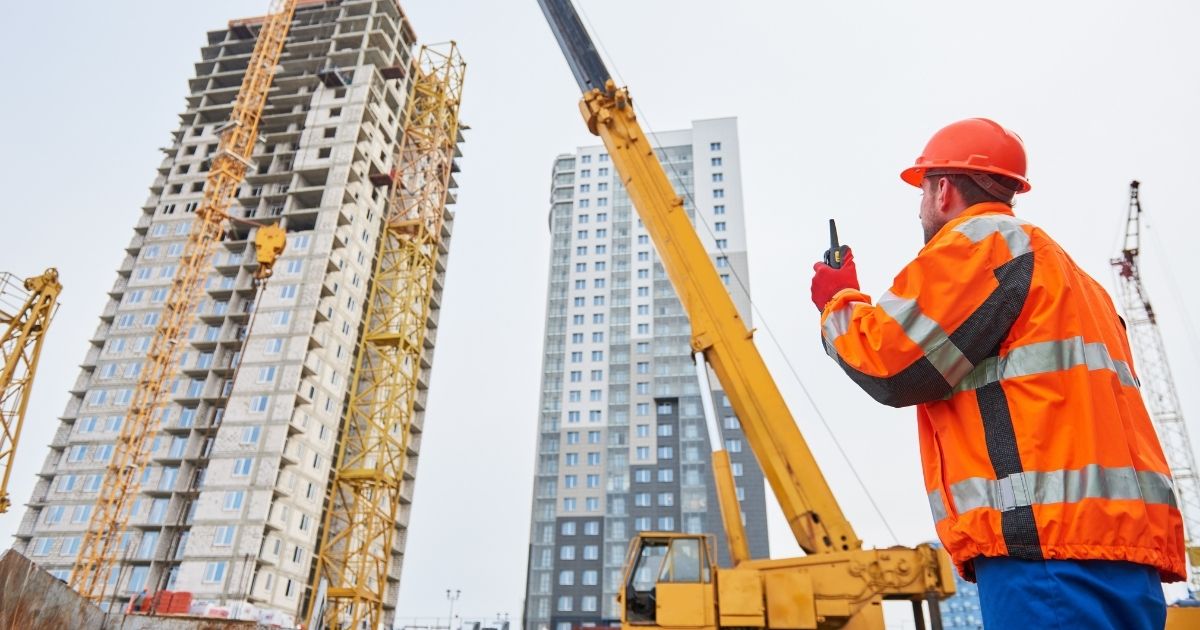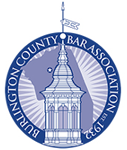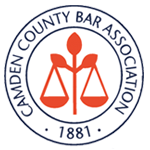Construction is a dangerous industry and accounts for about a fifth of all work fatalities annually. In 2019, the Occupational Safety and Health Administration (OSHA) reported 5,333 deaths that occurred on the job, 1,061 of which were in construction. OSHA has identified the four leading causes of fatalities in the construction industry, the so-called Fatal Four, and ways to prevent these deadly work accidents from happening. The Fatal Four consists of accidents involving falls, 36 percent of all fatalities; workers being struck by objects, 10 percent; electrocutions, nine percent; and accidents where workers are caught in/between equipment or objects, two percent.
Workers need to be kept safe on the job. Those injured at work can benefit from the state’s workers’ compensation program.
What are Common Causes of Falls in Construction?
Construction workers are often working at heights whether on a ladder, scaffolding, rooftops, skyscrapers, or climbing into a crane. Falls can happen because of improper constructed walking or working surfaces, lack of personal protective equipment, wet surfaces, faulty equipment, or unprotected and unmarked hazards. Workers can fall into holes in the floor and walls of unfinished construction if they are left unprotected. OSHA requires that any worker in the construction industry working at an elevation of six feet or any worker whose job puts them over dangerous equipment or machinery regardless of the fall distance be provided with fall protection. Out of the top 10 violations of standards cited by OSHA in 2019, lack of fall protection was number one.
Falls that are not fatal can cause some of the most serious and catastrophic injuries, such as:
- Head and neck injuries including traumatic brain injury (TBI)
- Back injuries
- Spinal cord injuries
- Broken bones
- Damage to internal organs
Injuries from a serious fall can result in a worker being absent for many days while they recover, or worse, not being able to return to their job at all.
How can Fatal Falls be Prevented?
Fatalities and injuries from falls are preventable. Employers should follow the standards and guidelines set by OSHA, some of which include the following precautions:
- Installing guard rails and toe-boards around open elevated platforms and floors
- Guarding and protecting floor holes
- Maintaining and inspecting ladders and other equipment regularly
- Keeping floors in clean and dry conditions
- Providing personal protective equipment such as safety harnesses at no cost to workers
- Using safety nets, stair railings, and hand rails where necessary
What is a Struck-by-Object Accident?
Construction workers can be killed or seriously injured if struck by an object that is swinging, falling, flying, rolling, or otherwise moving. Examples of this type of accident include impact with the following:
- A moving vehicle in a work zone
- Debris flying from tools, machinery, or an explosion
- A load accidentally dropped from a crane
- Work materials that fall from a platform above the worker
Workers who survive struck-by accidents can suffer life-altering injuries, and employers should take precautions to prevent these terrible events by controlling the paths of moving vehicles on a work site, marking off zones where moving vehicles are working, securing tools and materials on elevated platforms, and inspecting scaffolding regularly to ensure its stability. Vehicles should be equipped with back-up alarms and inspected before each shift. Using another worker to signal that the path is clear can avoid struck-by accidents during dumping and lifting.
How can Electrocutions in Construction be Prevented?
Electrical hazards abound on a construction site. Live wires with strong currents running through them may be present until the finishing phase of a building begins. They can cause fires or explosions, and workers can receive lethal burns or shocks if they come into contact with live electrical wires. This can happen when wires are bare or damaged, when extension cords are improperly used, or when proximity to overhead or underground power sources is too close and a worker contacts power lines with a metal tool such as a ladder or crane.
Preventing electrocutions is essential to keeping workers safe and injury-free. Employers have a responsibility to eliminate electrical hazards by taking the following precautions:
- Ensuring that work takes place within the OSHA guidelines for distance regarding overhead power lines
- Mapping and marking underground utilities before any work begins
- Properly grounding any electrical equipment
- Installing safety barriers and signage to warn non-electrical workers of any hazards in the work area
- Inspecting extension cords and electrical tools for wear and discarding any frayed or damaged cords
- Using lockout/tagout procedures before any electrical maintenance of repairs are performed
- Using good housekeeping practices such as elimination of water on surfaces near electrical equipment to decrease the risk of electrocution
- Avoiding overloaded circuits by choosing the correct wire for the operation and electrical load
- Replacing damaged insulation
- Providing workers with specialized personal protective equipment such as insulated gloves, mats, and ladders
What is a Caught in/Between Accident?
This type of accident occurs when a worker is caught in or between moving machine parts or tools, crushed between objects that are sliding or shifting, or pinned between a piece of heavy equipment and a wall. The category also encompasses workers caught in a collapsing structure or materials such as a trench, scaffold, or excavation collapse.
Caught in/between accidents result in the fewest fatalities of all the fatal four, but the deaths and injuries from these events are gruesome, as often the worker is pulled by loose clothing into moving machinery or crushed by moving heavy equipment. Trench or excavation collapses result in the worker being buried alive. Injuries are severe and include amputations, crushing injuries, broken bones, and serious scarring and disfigurement.
Caught in/between accidents are preventable when employers:
- Use guards and safety switches on dangerous moving machinery parts and on power tools.
- Stabilize equipment so that it cannot tip over.
- Protect trenches and excavation sites with either sloping, shoring, benching, or trench shield systems with proper access and egress.
- Use proper lock out/tag out procedures so that equipment is de-energized and blades are lowered and locked.
- Disconnect power tools when not in use, before servicing, and when changing accessories.
- Institute dress codes that ban loose clothing, untied long hair, and jewelry to protect workers.
- Provide training to workers on the equipment and hazards of using it.
- Arrange traffic patterns carefully on work sites so that no workers can be caught between stacked or stored materials and moving equipment.
Workers Should Know Their Rights
The construction Fatal Four have long been a source of concern for OSHA and other safety organizations, and fatalities from falls, struck-by accidents, electrocutions, and caught in-between accidents are preventable. Employers have a responsibility to maintain a safe workplace free of safety hazards, and where hazards cannot be completely eliminated, employers have a duty to mitigate them and protect their workers.
Employees have the right to receive training on how to reduce and avoid safety hazards at work and how to properly fit and use personal protective equipment. The training must be given in a language the workers understand. A worker has the right to confidentially report hazards to OSHA and be present during an OSHA inspection. Employers may not retaliate against workers who exercise their rights to a safe workplace. Workers who have experienced retaliation over a safety issue or a serious work injury should contact an experienced workers’ compensation lawyer immediately.
Cherry Hill Workers’ Compensation Lawyers at Pietras Saracino Smith & Meeks, LLP, Advocate for Injured Workers
Employers must protect their workers from serious hazards in the workplace. If you have been injured at work or your loved one suffered a fatal injury, the Cherry Hill workers’ compensation lawyers at Pietras Saracino Smith & Meeks, LLP, will fight to get you the compensation you deserve. Our practice is devoted exclusively to workers’ compensation cases. Call us today at 856-761-3773 or contact us online to schedule a free consultation. Located in Cherry Hill, New Jersey, we serve clients in Camden, Cinnaminson, Delran, Maple Shade, Pennsauken, and throughout South Jersey.













